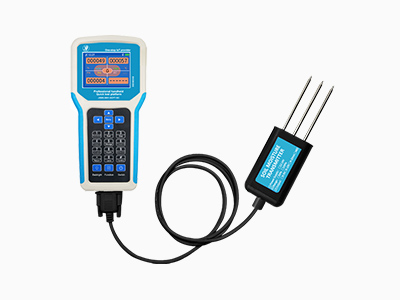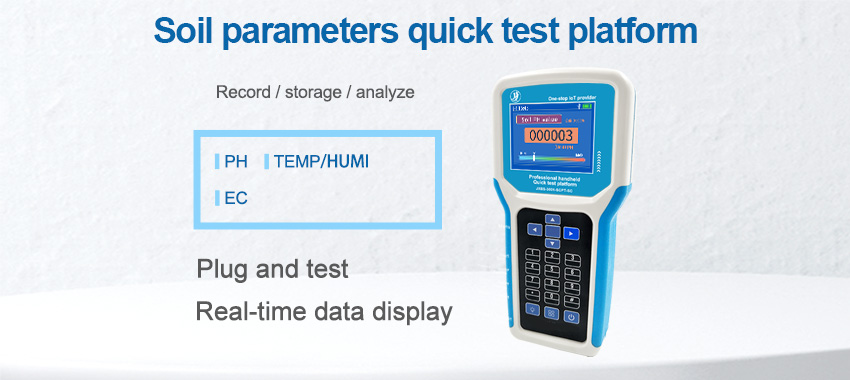In the realm of agriculture and environmental studies, soil plays a crucial role in determining crop yield and overall ecosystem health. To ensure optimal soil conditions, farmers and researchers rely on various technological advancements, one of which is the soil sensor. This article aims to explore the concept of a soil sensor, its significance, and its applications in the field of agriculture.

Understanding Soil Sensors:
A soil sensor is an electronic device designed to measure and monitor various parameters related to soil conditions. These sensors are often embedded in the ground or placed near the root zone of plants to assess parameters such as moisture levels, temperature, pH levels, and nutrient content in the soil.
Importance of Soil Sensors:
Soil sensors provide crucial data that helps farmers and researchers make informed decisions regarding irrigation, fertilization, and other soil management practices. By monitoring soil conditions at various depths and locations, farmers can optimize watering schedules, prevent over or under watering, and minimize water wastage. This, in turn, leads to improved crop production, reduced costs, and enhanced environmental sustainability.
Types of Soil Sensors:
a. Moisture Sensors: These sensors measure the water content in the soil, indicating whether irrigation is necessary or if the soil is adequately hydrated. They can be capacitance-based, frequency domain reflectometry (FDR) sensors, or tensiometers.
b. Temperature Sensors:
These sensors measure the soil temperature, which affects plant growth and nutrient availability. Temperature sensors are usually placed at different depths to monitor fluctuations across the soil profile.
c. pH Sensors:
pH levels influence nutrient availability in the soil. pH sensors measure the acidity or alkalinity of the soil, enabling farmers to adjust pH levels and maintain optimal growing conditions.
d. Nutrient Sensors:
These sensors detect the concentration of essential nutrients such as nitrogen, phosphorus, and potassium in the soil. This information helps farmers precisely apply fertilizers, reducing waste and environmental pollution.
Applications of Soil Sensors:
a. Precision Agriculture: Soil sensors are integral to precision agriculture, enabling farmers to tailor irrigation and fertilization strategies to specific areas of the field. This leads to efficient resource utilization, improved crop quality, and increased yield.
b. Environmental Monitoring:
Soil sensors play a vital role in monitoring and managing environmental conditions. They help assess soil erosion, detect contamination levels, and monitor soil remediation efforts.
c. Research and Development:
Soil sensors aid in scientific studies related to soil health, climate change, and sustainable agriculture practices. Researchers use soil sensor data to analyze trends, develop models, and make informed recommendations for future agricultural practices.
Challenges and Future Prospects:
Despite their numerous benefits, soil sensors face some challenges. Calibration, maintenance, and data interpretation can be complex tasks for non-experts. Additionally, integrating sensor data with other agriculturally relevant information poses technical challenges. However, ongoing advancements in sensor technology, wireless networks, and data analytics are addressing these obstacles, making soil sensors more accessible and user-friendly.
Looking ahead, soil sensors hold great potential in optimizing resource management, supporting climate-resilient agriculture, and addressing global food security challenges. Continued research, collaboration, and innovation are essential to maximizing the benefits of soil sensors and ensuring their widespread adoption.

Conclusion:
Soil sensors have revolutionized the way farmers approach soil management, enabling them to make data-driven decisions and optimize agricultural practices. These sensors play a crucial role in precision agriculture, environmental monitoring, and scientific research. With ongoing advancements, soil sensors are poised to transform agriculture and contribute to sustainable farming practices in the future.